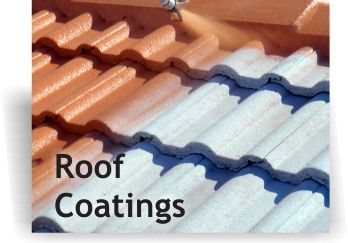Reroofing Brisbane: Understanding Local Building Codes and Regulations
Reroofing is a significant undertaking that requires careful planning and adherence to local building codes and regulations, especially in a city like Brisbane. Whether you’re looking to enhance the aesthetic appeal of your home, improve energy efficiency, or address wear and tear from Queensland’s harsh climate, understanding the legal framework surrounding reroofing is crucial. This blog post aims to guide homeowners through the essential aspects of local building codes and regulations for reroofing in Brisbane.reroofing brisbane

Why Are Building Codes Important?
Building codes are established to ensure safety, health, and welfare standards in the construction and renovation of buildings. They cover various aspects, including structural integrity, fire safety, energy efficiency, and environmental impact. Adhering to these codes not only ensures the safety of your property and its occupants but also protects your investment and may be a requirement for obtaining permits or insurance.
Key Building Codes and Regulations in Brisbane
1. Local Council Regulations
In Brisbane, local councils have specific regulations that homeowners must follow when reroofing. It’s essential to check with the Brisbane City Council or your local council to understand the guidelines applicable to your area. Key considerations may include:
- Roof pitch and height: Different areas may have restrictions on how high your roof can be or the angle of the roof pitch.
- Material specifications: Some councils have preferences or restrictions on roofing materials, especially for heritage-listed homes or areas with specific aesthetic requirements.
- Setback requirements: There may be rules about how close your new roof can be to the property boundaries.
2. Building Approval and Permits
Before beginning any reroofing project, it is crucial to obtain the necessary building approvals. In Brisbane, this may involve submitting plans and documentation to your local council. Depending on the scope of your project, you may need to provide:
- Architectural plans detailing the proposed changes.
- Structural engineering reports, especially if you’re altering the roof structure.
- Evidence of compliance with local codes and regulations.
Always verify whether your project requires a building permit, as failing to do so can lead to fines or complications when selling your home in the future.
3. Work Health and Safety (WHS) Regulations
Reroofing can be a hazardous job, and complying with Work Health and Safety regulations is vital for protecting both workers and homeowners. If you’re hiring a contractor, ensure they are licensed and follow all WHS guidelines, including:
- Proper safety equipment for workers.
- Safe work practices, particularly when working at heights.
- Risk assessments and safety management plans.
4. Environmental Considerations
Brisbane’s climate necessitates environmentally friendly practices, especially regarding waste disposal and energy efficiency. When reroofing, consider:
- Sustainable materials: Opt for materials that are durable, energy-efficient, and have a low environmental impact.
- Recycling old roofing materials: Ensure that your old roofing materials are disposed of responsibly, either through recycling programs or waste management services.
5. Insurance Implications
Before starting your reroofing project, it’s essential to check your homeowner’s insurance policy. Some policies may require you to adhere to local codes and regulations for coverage to remain valid. Ensure your contractor is also insured to avoid liability issues.
Conclusion
Reroofing your home in Brisbane can significantly enhance its value and comfort, but it’s essential to navigate the complexities of local building codes and regulations. By understanding and adhering to these guidelines, you can ensure a smooth reroofing process that meets legal requirements while enhancing your home’s aesthetic and functional qualities. Always consult with professionals and your local council to stay informed about the specific codes that apply to your project. With careful planning and compliance, you can enjoy a safe, beautiful, and durable roof for years to come.
